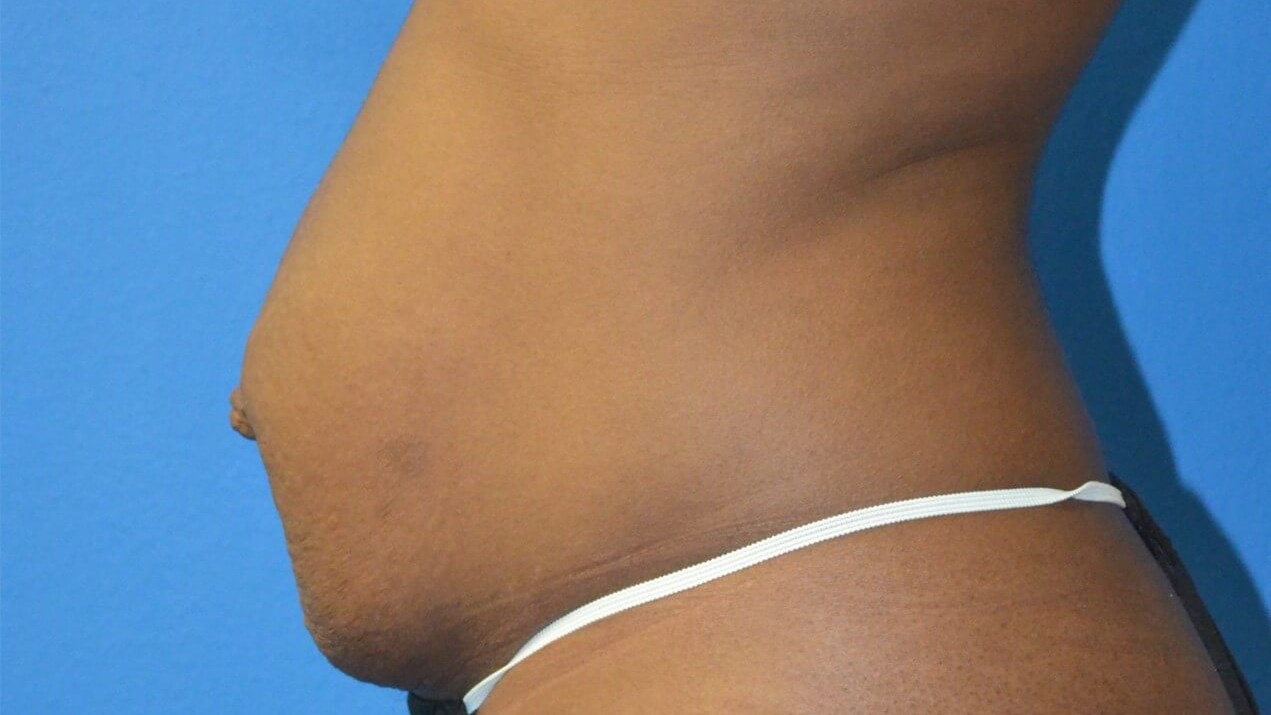Understanding Rectus Diastasis and Plastic Surgery Solutions
&srotate=0)
Today, we'll be discussing rectus diastasis, a common condition that affects many individuals, especially post-pregnancy. We will explore what rectus diastasis is, its causes, symptoms, and how plastic surgery can help you restore your core strength and achieve a flatter, more toned abdomen.
Understanding Rectus Diastasis:
Rectus diastasis, also known as abdominal separation, occurs when the two large parallel muscles in the abdomen, the rectus abdominis, separate due to increased tension on the linea alba, a connective tissue that runs down the center of the abdomen. While it is commonly associated with pregnancy, it can also affect men and women who experience significant weight fluctuations or intense abdominal exercises. It can also be present from birth and often times can be seen in very small babies.
Causes of Rectus Diastasis:
Pregnancy: During pregnancy, the growing uterus puts tremendous pressure on the abdominal muscles, causing them to stretch and separate. After childbirth, some women may find that their abdominal muscles don't return to their pre-pregnancy state, leading to rectus diastasis. This unfortunately results in the intrabdominal contents (intestines, solid organs) pushing forward and often times looking like the women is pregnant again.
Obesity and Weight Fluctuations: Rapid weight gain or loss can strain the abdominal muscles and the linea alba, leading to diastasis recti.
Improper Abdominal Exercises: Performing certain abdominal exercises incorrectly or without proper form can contribute to the development of rectus diastasis.
Genetics: Some individuals may be more prone to developing rectus diastasis due to genetic factors.
Symptoms of Rectus Diastasis:
A visible bulge or ridge along the midline of the abdomen, especially when engaging the core muscles.
Weakened core muscles leading to lower back pain.
Poor posture and difficulty maintaining an upright stance.
Gastrointestinal issues like bloating and constipation.
Problems with core stability and decreased overall strength.
Plastic Surgery Solutions for Rectus Diastasis:
For individuals with severe or persistent rectus diastasis that doesn't respond well to non-surgical interventions like physical therapy, plastic surgery can offer an effective solution. Two common procedures to address this condition are:
Abdominoplasty (Tummy Tuck): Abdominoplasty is a surgical procedure that involves repairing the separated abdominal muscles and removing excess skin and fat from the abdominal area. During the surgery, the surgeon will suture the rectus abdominis muscles back together, restoring core strength and providing a flatter, more toned abdomen.
Endoscopic Abdominal Wall Reconstruction: This minimally invasive procedure uses an endoscope (a thin, flexible tube with a camera) to visualize and repair the separated abdominal muscles. It is a less invasive option compared to traditional abdominoplasty, resulting in smaller incisions and potentially faster recovery times. This can be done on the inside of the abdominal wall typically be a general surgeon in an outpatient hospital setting or in the above muscle plane with specialized retractors and instruments to allow correction of the diastasis without a traditional low transverse scar.
Recovery and Post-Surgery Care:
Recovery after rectus diastasis surgery can vary depending on the extent of the procedure and individual healing capacity. Generally, patients are advised to:
Follow the surgeon's post-operative instructions carefully.
Avoid heavy lifting and strenuous activities for several weeks.
Wear compression garments as recommended to aid healing and reduce swelling.
Attend follow-up appointments to monitor progress and address any concerns.
Conclusion:
Rectus diastasis is a common condition that can affect individuals of various backgrounds. While non-surgical approaches like physical therapy are often the first line of treatment, plastic surgery can be a viable option for those with severe or persistent diastasis recti. Remember, consulting with a board-certified plastic surgeon is essential to determine the most suitable treatment plan for your unique needs. Take the first step towards restoring your core strength and achieving a more toned abdomen by seeking professional advice today. Remember, a confident, healthy you is just a call away.